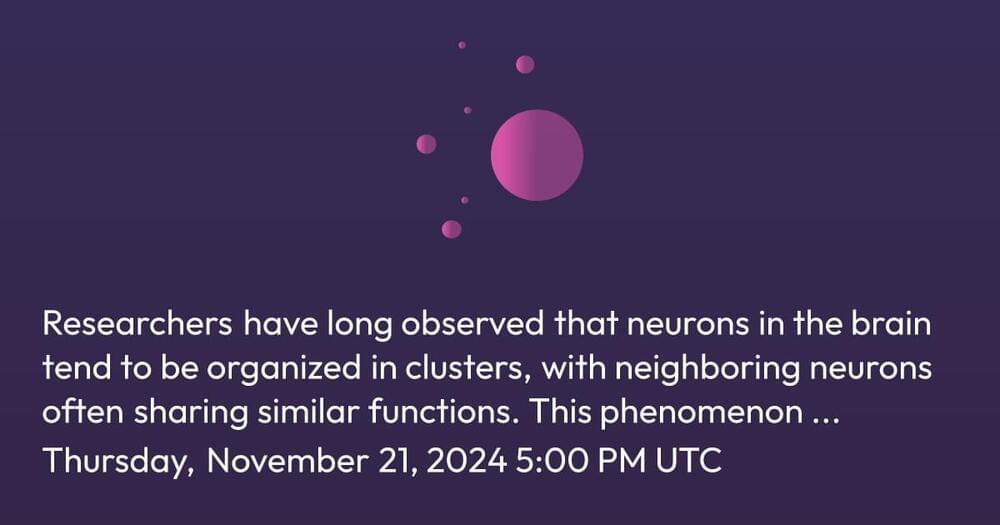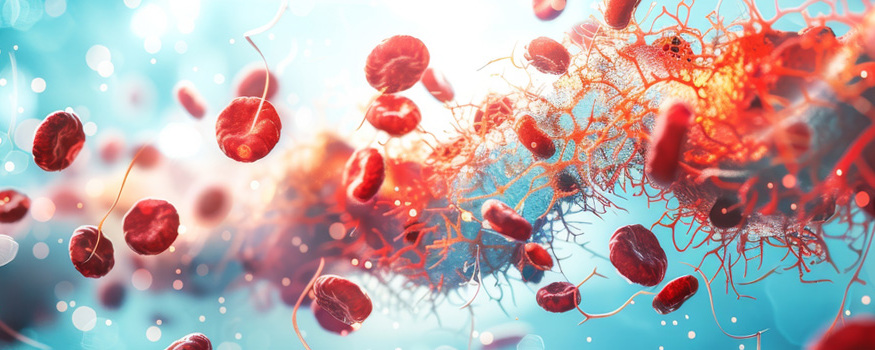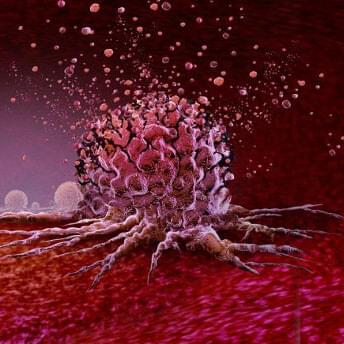Amid heated debates about the potential pitfills of artificial intelligence, the technology has finally taken a form we can probably all get behind — an “AI granny” created expressly to waste scammers’ time.
British telecom company Virgin Media O2 on Thursday introduced Daisy, a custom-made human-like chabot that answers calls in real time, keeping fraudsters on the phone as long as possible in a bid to annoy and frustrate them, just as they do to consumers worldwide. Daisy (that’s “dAIsy”) automates the practice of “scambaiting,” which involves people posing as potential victims to squander scammers’ time and resources, publicly expose their wily ways, gather information useful to law enforcement and even confuse the con artists’ devices.
Daisy, newly dubbed O2’s “head of scammer relations,” impersonates an older adult, making her part of a demographic that’s particularly vulnerable to scams. Unlike human scambaiters who need to sleep and shower once in a while, Daisy can spend all day and night on the phone with swindlers. “While they’re busy talking to me they can’t be scamming you, and let’s face it, dear, I’ve got all the time in the world,” Daisy says in the introductory video from O2 embedded below. The video personifies her as a photorealistic AI-generated woman with gray hair, glasses and pearls talking on a pink landline.






